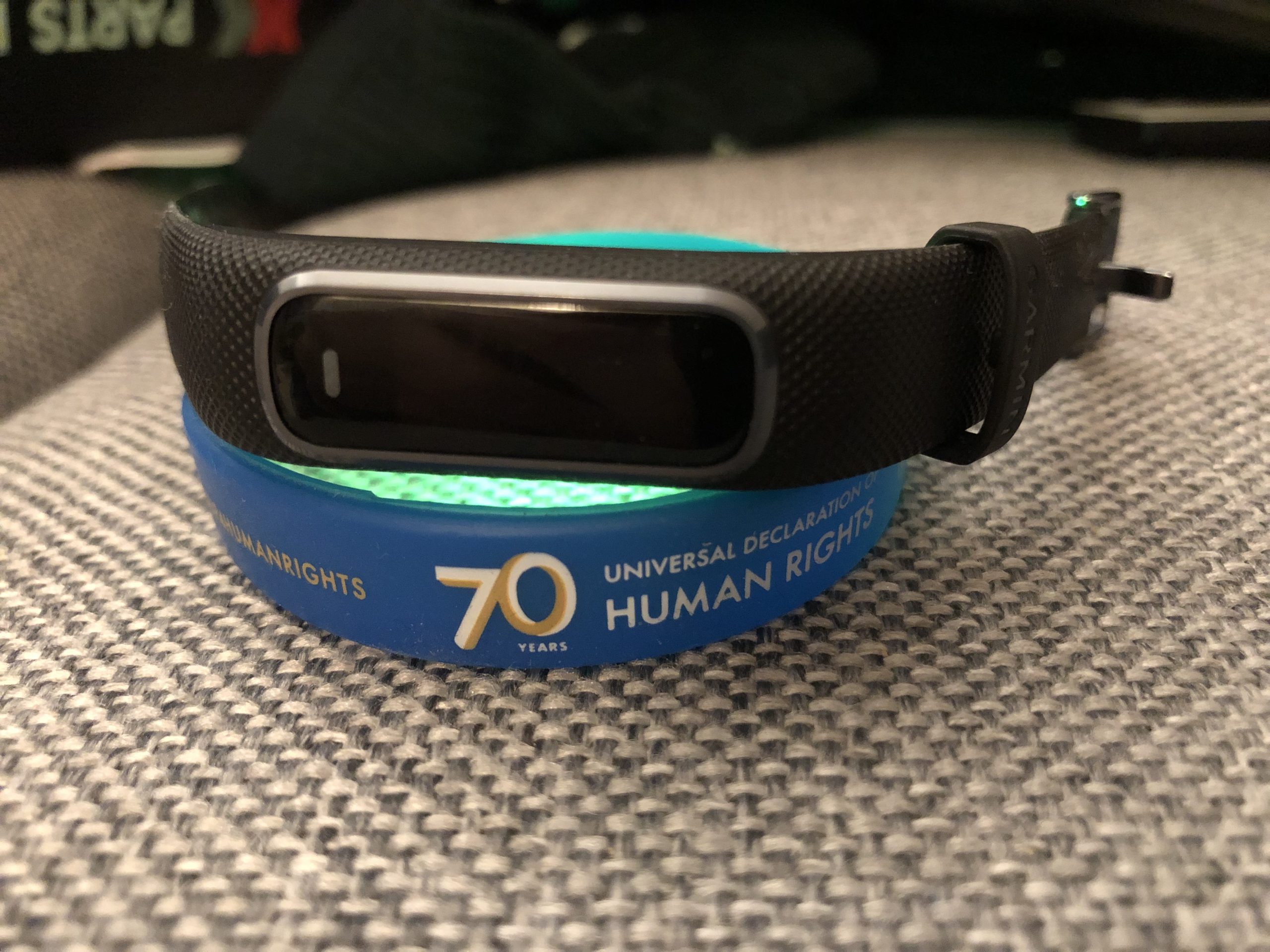Month: January 2019
-
A Training Band and a Rubber Egg
Reading Time: 2 minutesRecently I bought a Training band and a rubber egg (otherwise known as a Pilates Stretching Hand Rehabilitation Ball) instead of a Fingerboard. I want to strengthen my fingers to progress as a climber. I often know what to do but finger strength is the limiting factor. Ever since I saw fingerboards…
-
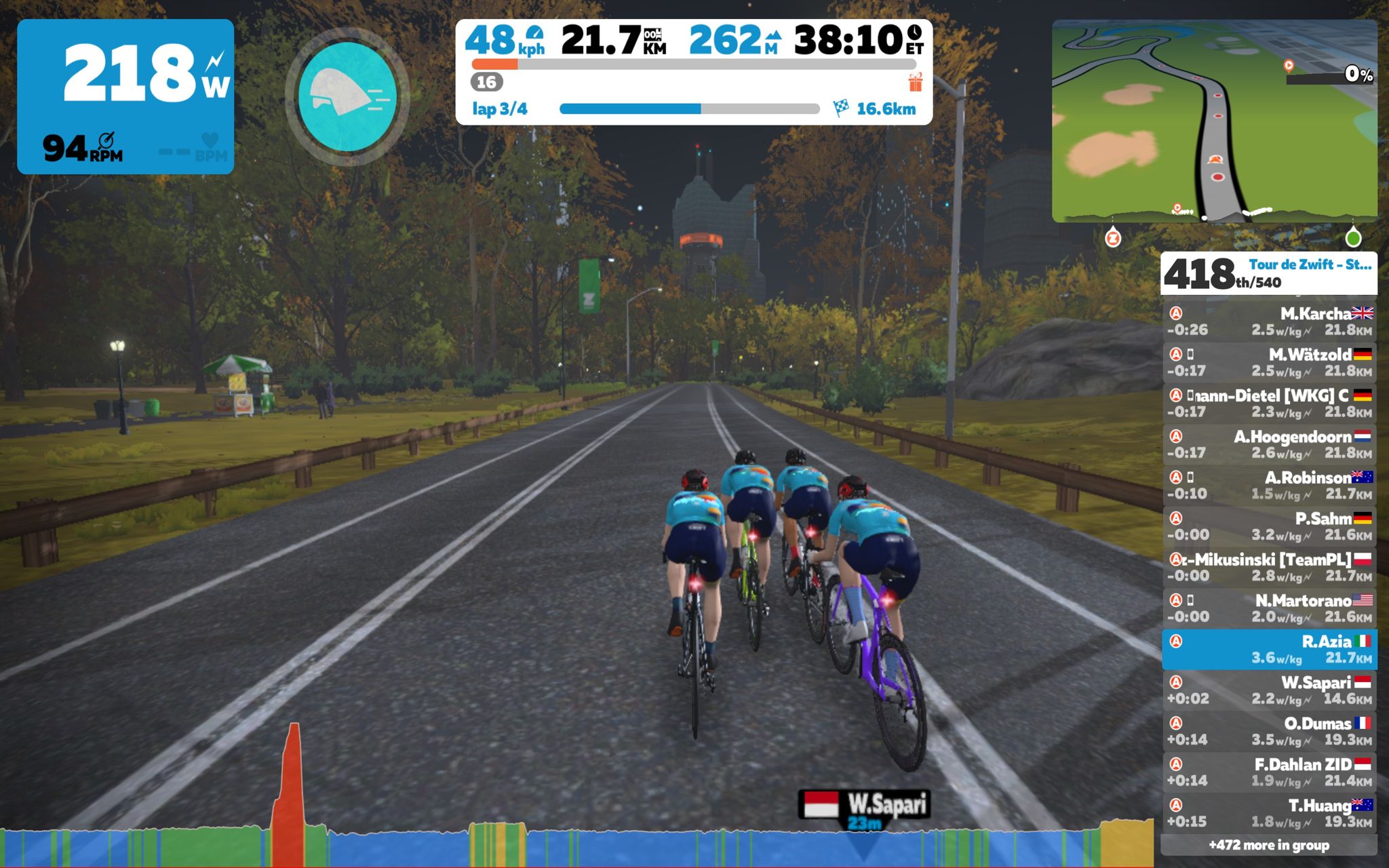
Tour de Zwift 2019 complete
Reading Time: 3 minutesThis morning I completed Stage 9 of the Tour de Zwift. I have now finished the challenge. In the process I went from riding on the shorter events during the first stages to taking the long options for at least the last two stages. A slow start before ramping up. I don’t…
-
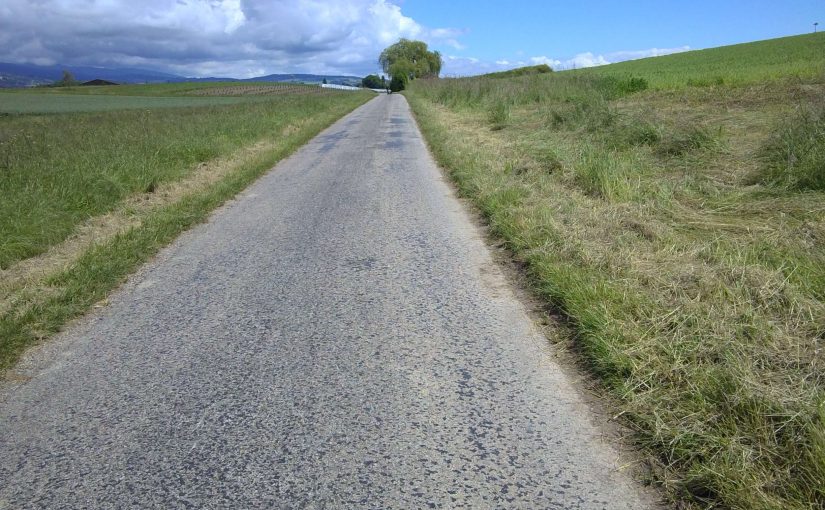
How to use an Activity Tracker when Cycling
Reading Time: 2 minutesActivity trackers are designed for walking, running, canoeing and activities where you move your arms. Cycling is not one of those sports. Unless you’re cycling on a specialist bike that has handles you’ll be using your legs and your upper body will move very little. I have a workaround. My workaround is…
-

The Thirty Book Rule
Reading Time: 4 minutesMarie Kondo’s rule that you should only keep thirty books, that you should only keep those that you personally want to read or enjoy is a silly rule because it encourages people to limit their scope and perspective on the world. Childhood One memory of my childhood is being surrounded by books…
-
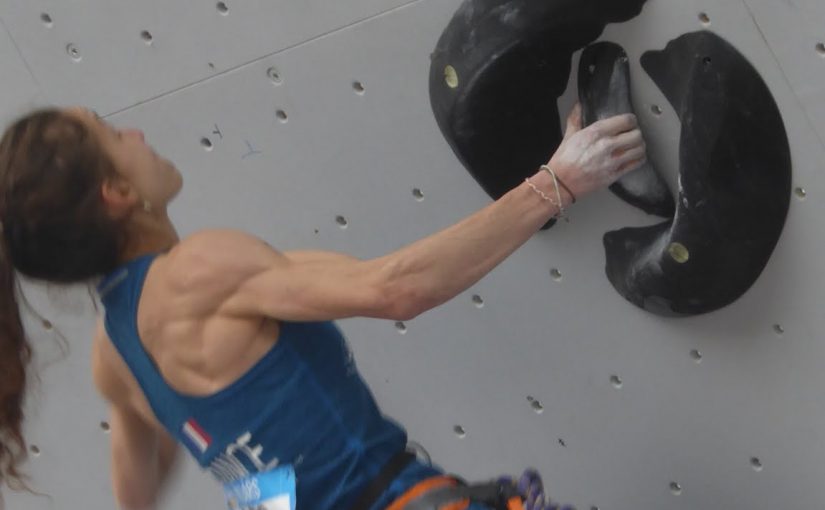
Finger Strength and Climbing.
Reading Time: 3 minutesThe more often you boulder and climb, the stronger the muscles that pull the tendons to your fingers become, and the stronger those muscles become, the higher the grade of your climbs. Hand holds are not the rungs of a ladder or via ferrata. Sometimes you can use your entire hand but…
-
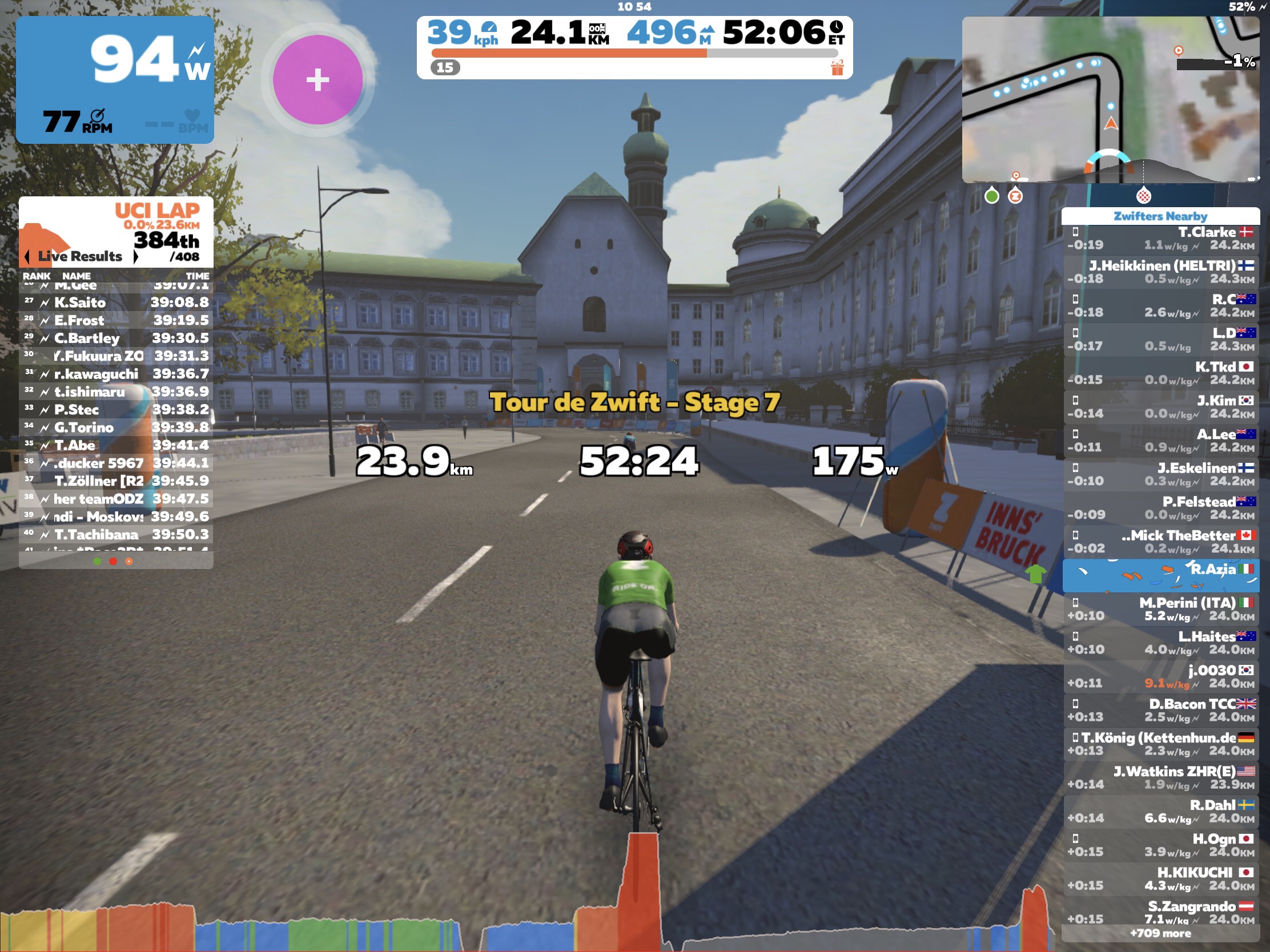
Sprinting Towards A Maillot Vert
Reading Time: 3 minutesThe Seventh stage of the Tour De Zwift was Innsbruck, a course that some people can do in about 388 minutes. It takes me around 54 minutes. As I have not ridden this course frequently enough I decided to try to keep up with others and that meant a 20 minute best…
-
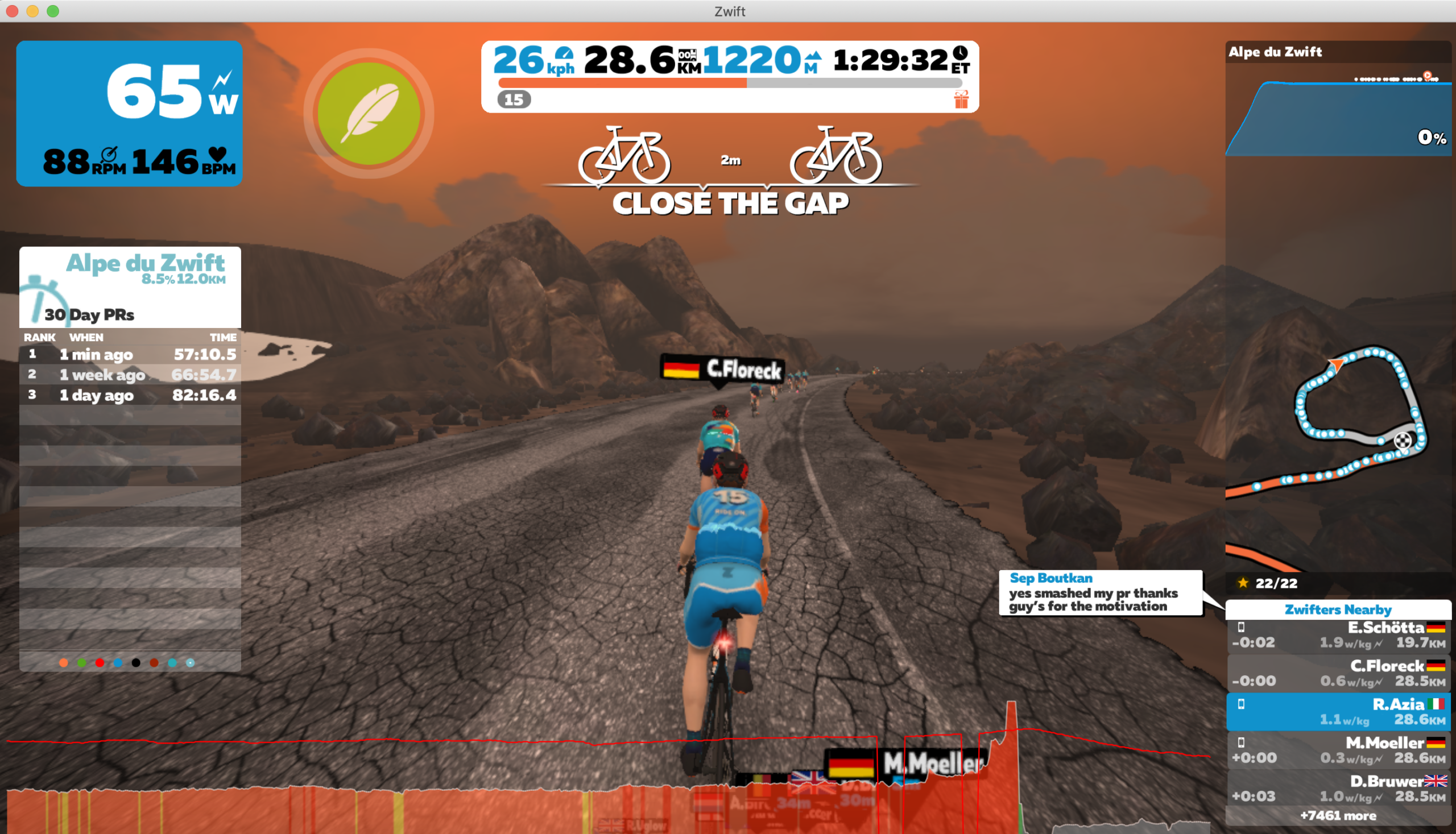
Alpe De Zwift in 57 Minutes And 10 Seconds.
Reading Time: 3 minutesI have ascended the Alpe de Zwift 5 times since i started using Zwift. My first climb took about one and a half hours, and then about one hour and sixteen minutes and finally just 57 minutes. I managed to get down to 57 minutes because I participated in Stage 6 of…
-
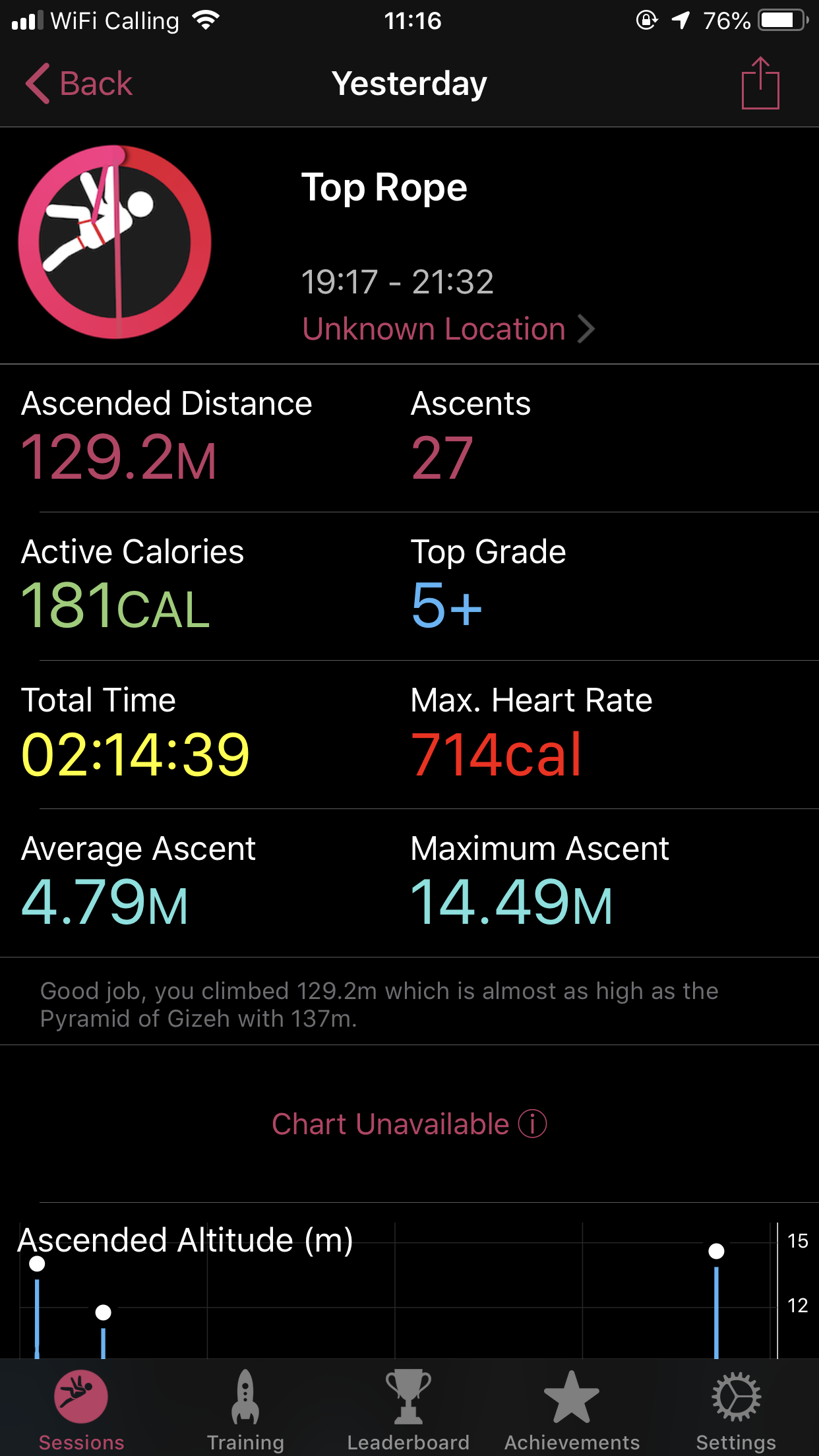
Iredpoint by Frogg GMBH
Reading Time: 2 minutesThe Apple watch and other devices have integrated barometers that allow them to track changes in altitude. Iredpoint by Frogg GMBH is one app that takes advantage of this. It allows you to tell the app what type of climbing you are doing as well as the difficulty. Types of Climbing This…
